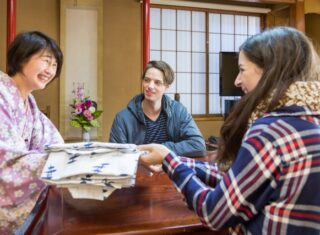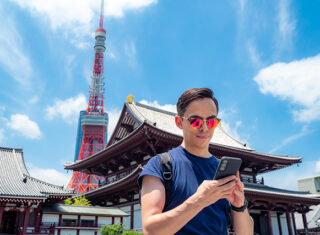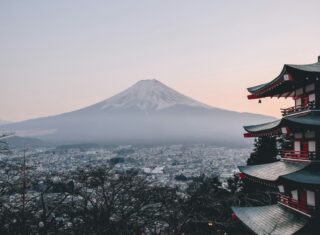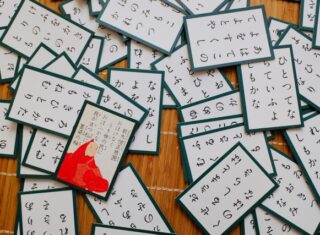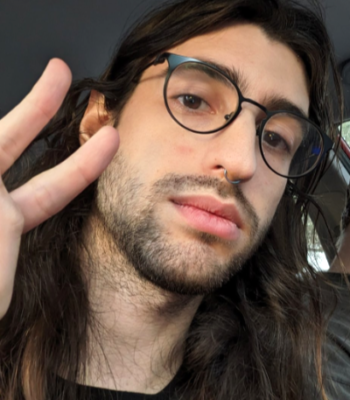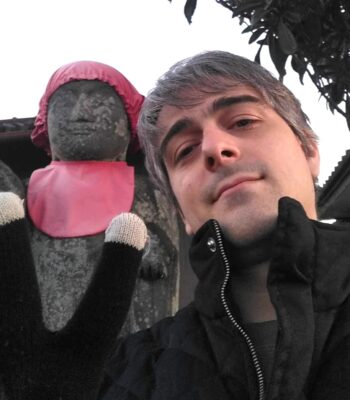- Learning Japanese
- Japanese Culture
Introduction to Japan's Top 3 Festivals and 11 Famous Festivals Across the Country
2025.01.21
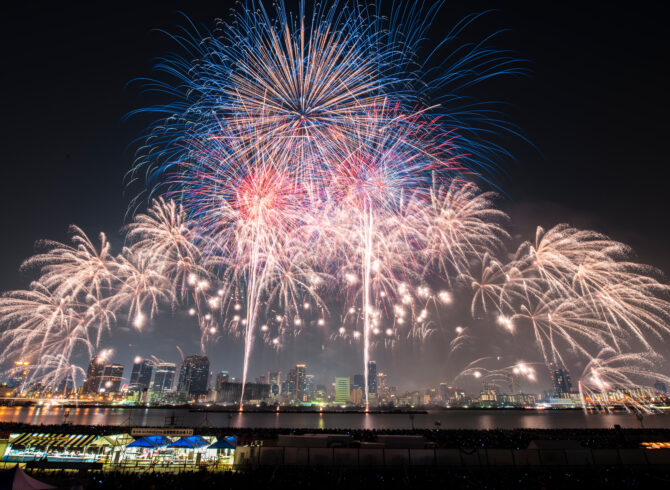
Many people are curious to learn more about the fascinating festivals Japan has to offer. Japan has a long-standing tradition of cherishing festivals, with vibrant celebrations held all across the country.
In this article, we’ll introduce 11 famous festivals from various regions of Japan. Additionally, we’ll explain the origins of Japanese festivals and highlight Japan’s Top 3 Festivals (Nihon Sandai Matsuri), so be sure to read on for valuable insights.
The Origins of Japanese Festivals
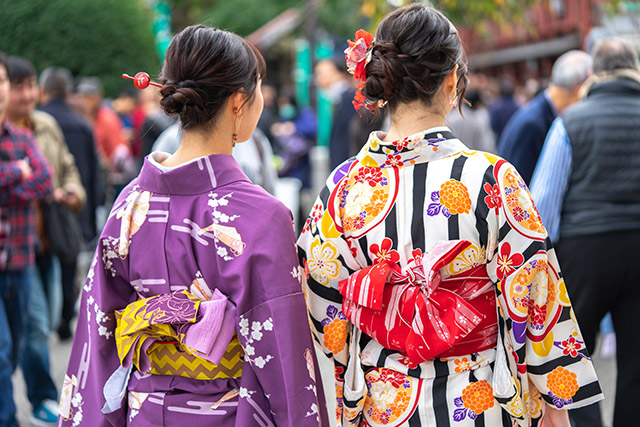
Japanese festivals feature a wide variety of themes, including:
- Dance performances
- Seasonal celebrations
- Fire-based rituals
- Firework displays
These festivals can be seen across the country, each showcasing unique local traditions. The origins of these festivals are often linked to a myth from the Kojiki (Japan's oldest historical text) known as the story of Amaterasu Omikami and the Heavenly Rock Cave (Ama-no-Iwato).
This myth tells the story of how the sun goddess Amaterasu Omikami hid herself inside a rock cave, plunging the world into darkness. To lure her out, the other deities gathered outside the cave, making merry and celebrating to coax her to return. This lively gathering is said to be the foundation of modern Japanese festivals.
In ancient Japan, people believed that gods resided in natural elements like the sun, sea, and mountains. Festivals became a way to pray to these gods for bountiful harvests and good health, embedding them deeply into Japanese culture.
What Are Japan’s Top 3 Festivals?
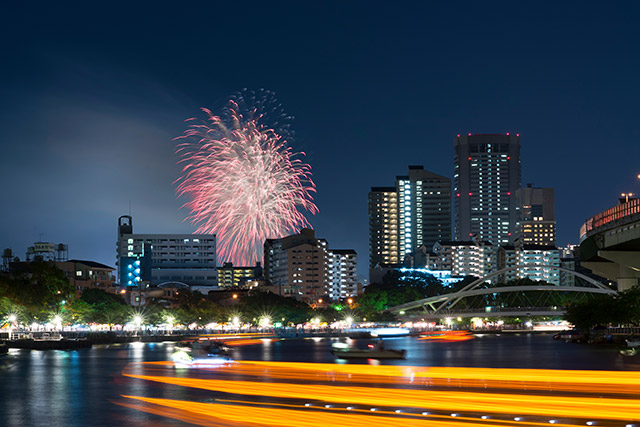
Japan’s Top 3 Festivals (Nihon Sandai Matsuri) are:
- Gion Matsuri (Kyoto Prefecture)
- Tenjin Matsuri (Osaka Prefecture)
- Kanda Matsuri (Tokyo Prefecture)
Let’s take a closer look at these grand festivals.
Gion Matsuri (Kyoto Prefecture)
Gion Matsuri is a month-long festival held from July 1st to 31st, with origins tracing back to 869 AD, when 66 halberds were erected, and prayers were offered with mikoshi (portable shrines) to quell a plague.
Although the festival spans an entire month, the highlights are the Yamaboko Junko (procession of floats) held on July 17th and 24th, which has been recognized as a UNESCO Intangible Cultural Heritage event.
Tenjin Matsuri (Osaka Prefecture)
Tenjin Matsuri, said to have started in 951 AD, takes place annually from late June to July 25th.
The festival’s key attractions are the Yoimiya-sai (evening festival) on July 24th and the Honmiya-sai (main festival) on July 25th. During the main festival, you can witness:
- A procession of 1,500 people carrying mikoshi through the streets.
- A fleet of about 100 boats parading along the river.
- An epic finale featuring 5,000 fireworks lighting up the night sky.
Kanda Matsuri (Tokyo Prefecture)
Kanda Matsuri is a biennial festival, representing one of Japan’s most iconic celebrations.
A massive procession marches through 30 kilometers of Tokyo’s streets, with 200 mikoshi making their way to Kanda Myojin Shrine.
The Shinkosai, where participants don Heian-era costumes and parade through the city, is a standout feature, transforming the streets into a festival extravaganza.
★Related Article:
19 Useful Japanese Phrases for Travel: Try Using Them in Different Situations!
11 Famous Festivals Across Japan
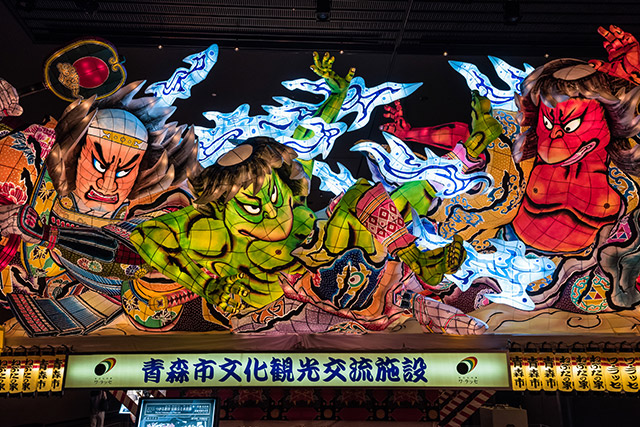
Here are 11 notable festivals celebrated in various regions of Japan:
- Sapporo Snow Festival (Hokkaido)
- Aomori Nebuta Matsuri (Aomori Prefecture)
- Namahage Sedo Matsuri (Akita Prefecture)
- Nagaoka Grand Fireworks Festival (Niigata Prefecture)
- Chichibu Night Festival (Saitama Prefecture)
- Sanja Matsuri (Tokyo)
- Takayama Matsuri (Gifu Prefecture)
- Awa Odori Dance Festival (Tokushima Prefecture)
- Yosakoi Festival (Kochi Prefecture)
- Hakata Gion Yamakasa (Fukuoka Prefecture)
- Okinawa Zento Eisa Festival (Okinawa Prefecture)
Let’s dive into the details of these captivating festivals.
Sapporo Snow Festival (Hokkaido)
The Sapporo Snow Festival is a celebrated winter tradition held every February in Hokkaido, featuring stunning sculptures made of snow and ice.
It began in 1950 when local middle and high school students created snow sculptures. Today, it has grown into a world-famous event attracting over 2 million visitors.
Aomori Nebuta Matsuri (Aomori Prefecture)
The Aomori Nebuta Matsuri is famous for its giant floats, known as Nebuta, which can reach a height of 5 meters. Accompanied by lively chanting, these floats parade through the streets.
Each Nebuta is a masterpiece, designed over one year by about 300 craftsmen. At night, the illuminated Nebuta create a breathtakingly beautiful and powerful atmosphere.
Namahage Sedo Matsuri (Akita Prefecture)
The Namahage Sedo Matsuri celebrates the Namahage, visiting deities believed to bring health and good fortune. Young men dress as Namahage, donning straw cloaks and demonic masks.
While their appearance may be fearsome, the festival’s unique atmosphere and cultural significance make it a must-see.
Nagaoka Grand Fireworks Festival (Niigata Prefecture)
The Nagaoka Grand Fireworks Festival is dedicated to commemorating those who lost their lives during the war and embodying the hope for recovery. It is also recognized as one of Japan’s Top 3 Fireworks Festivals.
Its highlights include massive fireworks displays, with some spanning a width of 650 meters and others reaching a diameter of 2 kilometers, creating an awe-inspiring spectacle.
Chichibu Night Festival (Saitama Prefecture)
The Chichibu Night Festival features floats, umbrella-shaped structures, and stalls that are designated as Important Tangible Folk Cultural Properties by the Japanese government. It has also been listed as a UNESCO Intangible Cultural Heritage.
The festival is famous for its float processions and spectacular fireworks displays at night. With over 800 food stalls, visitors can enjoy a rich culinary experience while soaking in the festive atmosphere.
Sanja Matsuri (Tokyo)
The Sanja Matsuri is held at Asakusa Shrine and attracts approximately 1.8 million visitors over three days, making it one of Tokyo’s most prominent events.
Highlights include the Binzasara Dance, a traditional dance performed to pray for a good harvest, and a grand parade featuring people in elaborate costumes. The festival transforms the usually serene streets of Asakusa into a lively and vibrant celebration.
Takayama Matsuri (Gifu Prefecture)
The Takayama Matsuri, held in spring, is renowned for its picturesque combination of cherry blossoms, historic bridges, and ornate festival floats.
One of the main attractions is the karakuri ningyo (mechanical puppets), which are expertly manipulated to perform lifelike and intricate movements. These puppets showcase exceptional traditional craftsmanship and are a festival highlight.
Awa Odori Dance Festival (Tokushima Prefecture)
The Awa Odori Dance Festival is one of Japan’s most iconic festivals, attracting over 1 million visitors from across Japan and abroad. The festival centers on the traditional Awa Odori dance, accompanied by live performances of Japanese instruments.
The dance styles range from bold and energetic to elegant and refined, creating a dynamic and immersive experience that energizes the entire city.
Yosakoi Festival (Kochi Prefecture)
The Yosakoi Festival features teams of up to 150 dancers, each holding naruko (wooden clappers) in both hands, creating rhythmic sounds as they dance.
The dancers wear colorful costumes and perform with an energetic and dynamic style that naturally uplifts the audience. In recent years, the festival has evolved to include modern dance influences like rock- and rap-style performances, making it a vibrant mix of tradition and contemporary trends.
Hakata Gion Yamakasa (Fukuoka Prefecture)
The Hakata Gion Yamakasa is a festival with over 700 years of history, designated as a National Important Intangible Cultural Property and registered as a UNESCO Intangible Cultural Heritage.
From July 1st to 9th, decorative floats (yamakasa) are displayed for public viewing. On July 10th and 14th, participants carry the floats through designated courses, showcasing impressive teamwork and dedication.
Okinawa Zento Eisa Festival (Okinawa Prefecture)
The Okinawa Zento Eisa Festival is a summer tradition in Okinawa that highlights Eisa, a traditional Okinawan dance accompanied by the sanshin (three-stringed instrument) and folk songs.
Featuring high-level performances from Eisa groups across Okinawa, the festival offers an exciting showcase of powerful music and captivating dances, making it a must-see event.
★Related Article:
The Best Way to Learn Japanese Online: A Comprehensive Guide Introduction
Japanese Festivals and Traditions: Summary
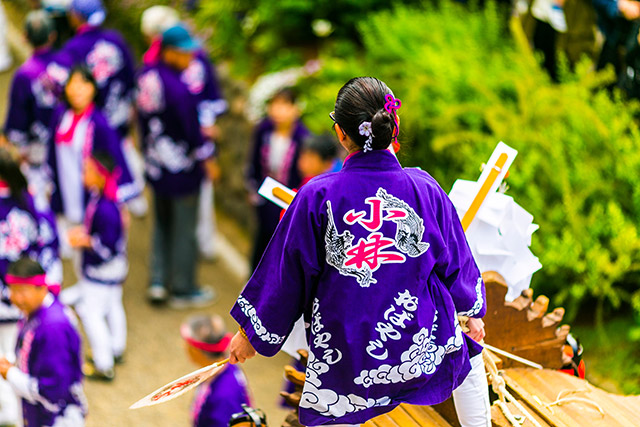
As introduced in this article, Japan hosts a variety of fascinating festivals, including the Top 3 Festivals and 11 famous regional festivals. When traveling to Japan, be sure to check out festival information to make the most of your visit.
For those who are interested in Japanese culture, like festivals, or the Japanese language, we recommend Oku Sensei's Japanese, an online platform where you can comprehensively learn about both Japanese culture and language.
At Oku Sensei's Japanese, you can develop practical skills in reading, writing, and speaking Japanese in an enjoyable and efficient way over a short period.
Additionally, great emphasis is placed on helping learners gain a deeper understanding of Japanese culture and values, so even beginners can feel at ease while learning.
If you’re interested, make sure to check out the 30-minute free consultation offered by Oku Sensei's Japanese.


